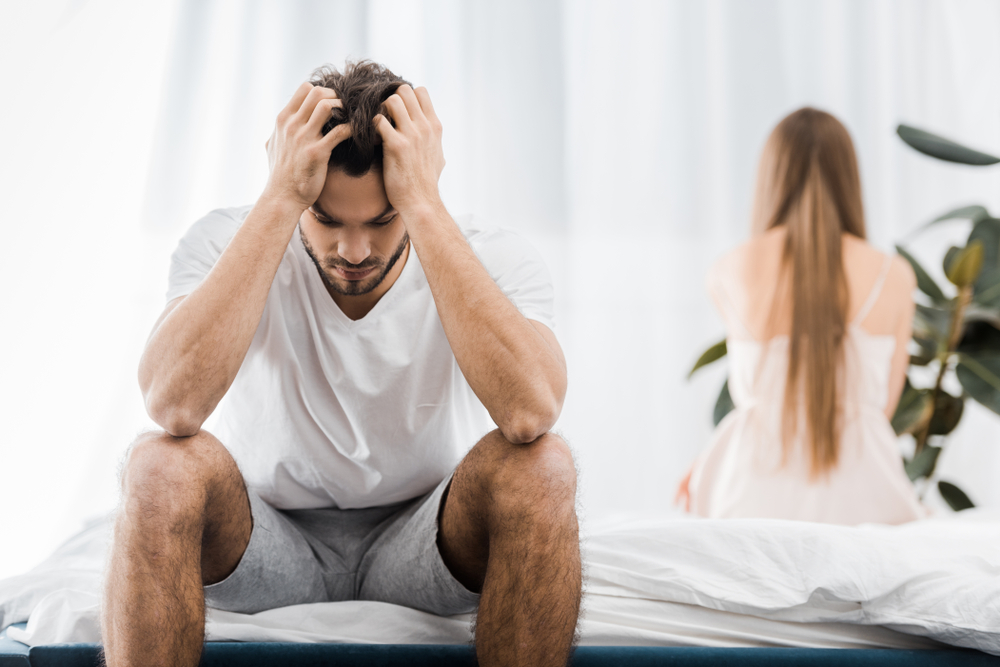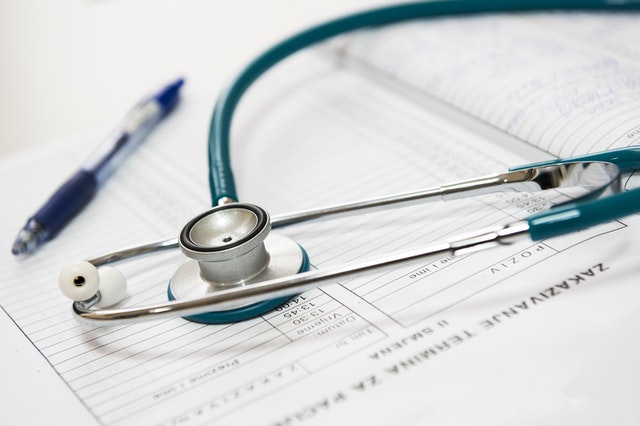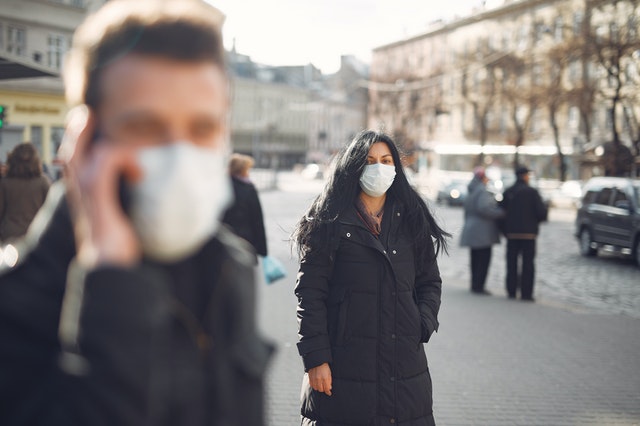How Certain Physical Exercises Can Help Increase Testosterone According to TRT Sydney Doctors?
According to TRT Sydney doctors, more than a third of men whose age is 45 years old and above are suffering from the impact of reduced amounts of testosterone in their systems. On the other hand, women who are closing in to their menopausal years are also found out to be deficient in testosterone, too.
It is comforting to know that there are a handful of workout strategies that can help both sexes increase their body’s production of this important hormone.
What is Testosterone?
TRT Sydney doctors say that testosterone is a qualified sex steroid hormone found in the bodies of both men and women. With that, they have an important role in the normal functioning of the human body. Testosterone helps us maintain healthy body composition, increase muscle mass, achieve adequate bone density, and many others.

This hormone is found not just in humans, but certain groups of animals have them, too. In the case of men, testosterone production happens in the testicles whereas in women it is their ovaries that have that function. Compared to men, a woman’s body produces only a small amount of this important hormone.
The amount of testosterone that the human body will produce is determined and controlled by the brain. Once produced, they are moved into the bloodstream to help out in carrying out a number of important tasks. The production of this essential hormone is at its peak during the puberty period but will begin to slow down past the middle-age.
Lifting Weights
If you want to increase the concentration of testosterone in your body with this kind of exercise, be sure to be ready to push yourself to the limits. Heavy exercises that will involve working out the whole body include deadlifts, squats, and the Olympic lifts. Such exercises are most ideal for this purpose.
Be aware that you need to reach a minimum of 85-95% of your RM, or simply put the one-repetition maximum. This is going to make you feel pretty heavy, regardless of who you are.
Use Your Legs
 There is a relevant study that looked into weight training and how the hormones inside the human body responded to this type of exercise. The participants in this experiment were divided into 2 groups, the leg, and arm training groups and the arm-only training group.
There is a relevant study that looked into weight training and how the hormones inside the human body responded to this type of exercise. The participants in this experiment were divided into 2 groups, the leg, and arm training groups and the arm-only training group.
There was an evident spike in the concentration of testosterone in the group that included lower body training while focusing on upper body training.
While the vast majority of us will find it very enticing to only do certain kinds of workout routines like the bench press, biceps curls, and skip leg day, you will probably appreciate the more impacting results in increased fat loss, sex drive, energy, and lean muscle mass if you will add in also multi-joint leg exercises such as squats and lunges in your workout routine.
Perform Forced Reps
The primary element of forced repetition workout has something to do with performing weightlifting exercises for as many reps as you can. Then you need to have someone help you in accomplishing a few more additional repetitions. This can be anywhere from 1 to 5 more.
A relevant study was carried out in Finland. The said research indicated that a forced-rep set is significantly helpful in generating increasing amounts of testosterone as opposed to performing as many reps as you can do on your own.
Wrapping Up!
If you or someone you know is solicitous with his testosterone levels, the best advice you can give them is to have themselves checked out by a TRT Sydney doctor. Indeed there is no harm in doing or trying out the suggested workouts we covered above, regardless if you have a low or adequate amount of testosterone in your system.
If you happen to have the indicating symptoms of either high testosterone or low testosterone, it may take more than just a good, satisfying workout program to balance the problem.
According to TRT Sydney doctors, more than a third of men whose age is 45 years old and above are suffering from the impact of reduced amounts of testosterone in their systems. On the other hand, women who are closing in to their menopausal years are also found out to be deficient in testosterone, too.
It is comforting to know that there are a handful of workout strategies that can help both sexes increase their body’s production of this important hormone.
What is Testosterone?
TRT Sydney doctors say that testosterone is a qualified sex steroid hormone found in the bodies of both men and women. With that, they have an important role in the normal functioning of the human body. Testosterone helps us maintain healthy body composition, increase muscle mass, achieve adequate bone density, and many others.

This hormone is found not just in humans, but certain groups of animals have them, too. In the case of men, testosterone production happens in the testicles whereas in women it is their ovaries that have that function. Compared to men, a woman’s body produces only a small amount of this important hormone.
The amount of testosterone that the human body will produce is determined and controlled by the brain. Once produced, they are moved into the bloodstream to help out in carrying out a number of important tasks. The production of this essential hormone is at its peak during the puberty period but will begin to slow down past the middle-age.
Lifting Weights
If you want to increase the concentration of testosterone in your body with this kind of exercise, be sure to be ready to push yourself to the limits. Heavy exercises that will involve working out the whole body include deadlifts, squats, and the Olympic lifts. Such exercises are most ideal for this purpose.
Be aware that you need to reach a minimum of 85-95% of your RM, or simply put the one-repetition maximum. This is going to make you feel pretty heavy, regardless of who you are.
Use Your Legs
 There is a relevant study that looked into weight training and how the hormones inside the human body responded to this type of exercise. The participants in this experiment were divided into 2 groups, the leg, and arm training groups and the arm-only training group.
There is a relevant study that looked into weight training and how the hormones inside the human body responded to this type of exercise. The participants in this experiment were divided into 2 groups, the leg, and arm training groups and the arm-only training group.
There was an evident spike in the concentration of testosterone in the group that included lower body training while focusing on upper body training.
While the vast majority of us will find it very enticing to only do certain kinds of workout routines like the bench press, biceps curls, and skip leg day, you will probably appreciate the more impacting results in increased fat loss, sex drive, energy, and lean muscle mass if you will add in also multi-joint leg exercises such as squats and lunges in your workout routine.
Perform Forced Reps
The primary element of forced repetition workout has something to do with performing weightlifting exercises for as many reps as you can. Then you need to have someone help you in accomplishing a few more additional repetitions. This can be anywhere from 1 to 5 more.
A relevant study was carried out in Finland. The said research indicated that a forced-rep set is significantly helpful in generating increasing amounts of testosterone as opposed to performing as many reps as you can do on your own.
Wrapping Up!
If you or someone you know is solicitous with his testosterone levels, the best advice you can give them is to have themselves checked out by a TRT Sydney doctor. Indeed there is no harm in doing or trying out the suggested workouts we covered above, regardless if you have a low or adequate amount of testosterone in your system.
If you happen to have the indicating symptoms of either high testosterone or low testosterone, it may take more than just a good, satisfying workout program to balance the problem.




